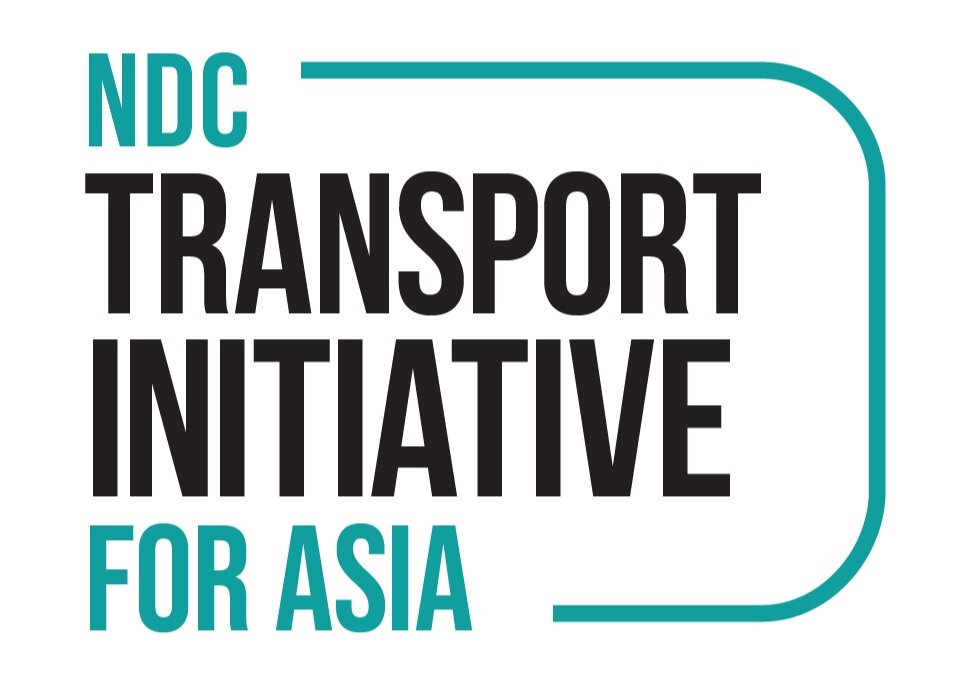BLOG: COVID-19’s impact on India’s road transport business-as-usual emissions trajectory
Photo by ICCT
The sixth in a blog series focused on our meta-study of India’s road transport emissions analyses.
The COVID-related dip in vehicle sales has the potential to leave a deep imprint on the energy use and emissions trajectory of India’s road transport sector. Here we explore what different post-COVID futures would mean for emissions. Under a progressive or the low-sales scenario, the reduction in CO2 emissions would be around 42% in 2050 compared to the pre-COVID baseline trajectory, and the savings in oil and gas consumption would be also be about 42% in 2050.
To view the full blog click here.

